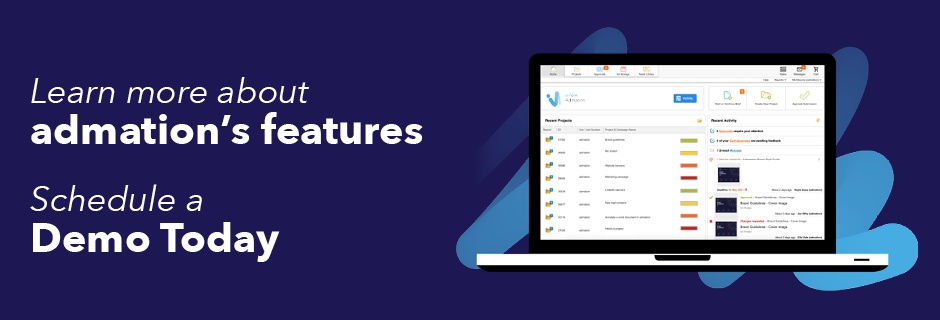Best Practices for Starting a Successful Marketing Project
Creative marketing projects. They can go so right. And so wrong. You probably know that feeling of waking at 4am wondering if you?ll ever make that deadline. So how do you mitigate the risks, even turn it around?
There are many elements that contribute to the success of a project. How you start a project, though, probably says a lot about how you?ll finish it. With this, here are our best practices for starting a marketing project on the right foot.

1. Projects that start with a clear objective and scope are more likely to succeed.
While it?s enough to rely on a brief for your smaller projects, complex projects need a bit more investment at the start. To get a grapple on the objectives and scope, set up a meeting with your stakeholders in person or via a conference call. At all costs, avoid email correspondence which may lead to multiple and conflicting opinions. The meeting serves as a time to massage an idea into solid and tangible action points. It?s a chance to get everyone on the same page before work commences.
2. Create a comprehensive brief template that captures all the vital information you need.
A brief isn?t a puzzle to be solved. It?s a vital building block from which the creative team can produce a campaign that?s striking and on brand. Creating a brief template that provides absolute clarity then is your best chance for getting this right. What does the project need to achieve? What is the tone and message? Who is the target audience? What work is required? What are the timelines? Don?t let a poor brief cost you and your team valuable time chasing information after the fact.
3. Make sure you have the resources available when a project is due to commence.
How many times has a project come in and your resources are overloaded? Foresight is a great thing and a resource management (MRM Software) tool might just be the answer to this challenge. Ahead of time, Marketing and Client Managers would have full transparency over their resources to confirm availability before a project is given the green light.
4. Check that your approval workflow includes all the right stakeholder in the right order of review.
Your approval workflow is the foundation for getting your projects reviewed and approved in a timely, efficient manner. In the beginning of every project, always check that there are no ?extras? in your workflow ? that is, unnecessary stakeholders that aren?t vital to your project. If so, it?s time to politely offload them. Be sure that your remaining stakeholders are reviewing artwork at the right time to avoid extra approval rounds later on.
5. Anticipate project risks and be ready to take charge.
Think about your typical issues: bottlenecks, scope creep, high artwork revisions, resources calling in sick. Issues will crop up, so preparing for them and having ready-made solutions will help you to remain more nimble and responsive. At the end of the project, think about what worked well and where improvements can be made. That way, you?ll be in an even better position to kick off your next successful project.
An increasing number of marketing teams and ad agencies are adopting approval workflow and project management software to ensure they are using best practice to manage and deliver creative projects. Perhaps it is time your team considered a better way. Learn more about how admation is helping creative teams across the globe. Book a Demo Today!

